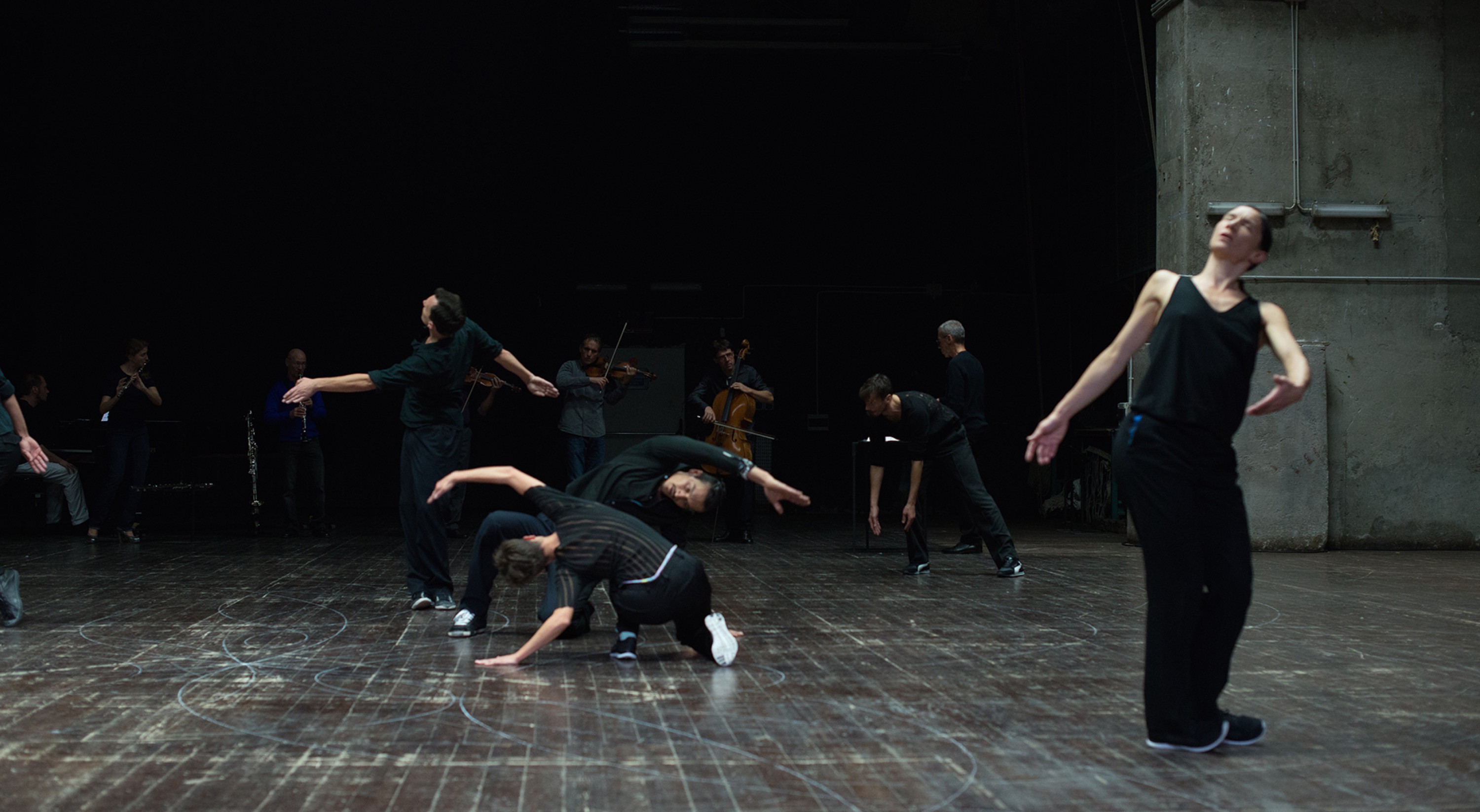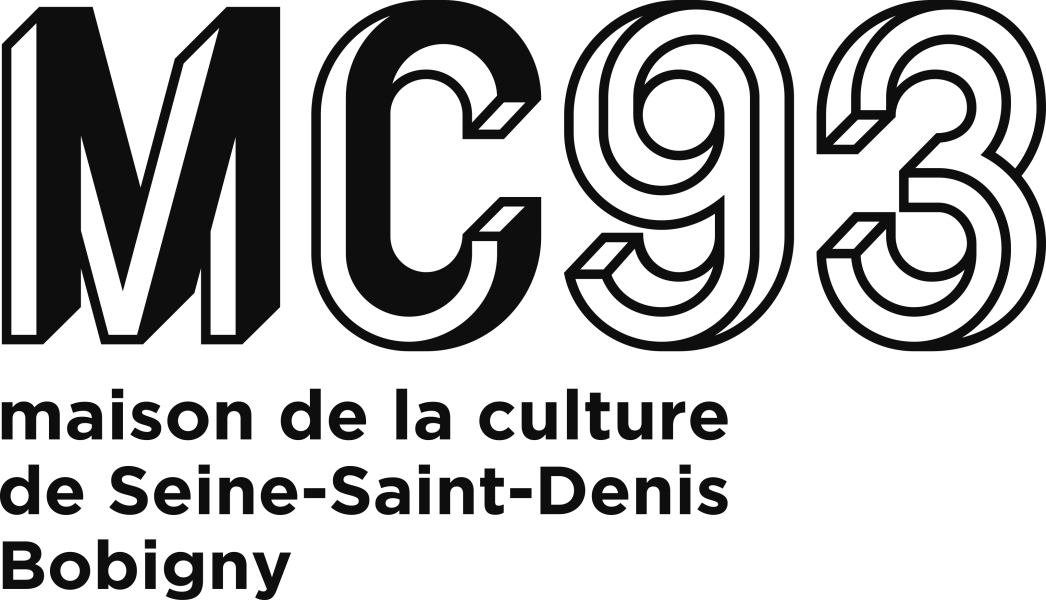Anne Teresa De Keersmaeker Ictus
Vortex Temporum
novembernov 22 – 24
Choreography, Anne Teresa De Keersmaeker
Music, Gérard Grisey, Vortex Temporum (1996)
With Boštjan Antončič, Carlos Garbin, Marie Goudot, Cynthia Loemij, Julien Monty, Michaël Pomero, and Igor Shyshko
Musical direction, Georges-Elie Octors
Musicians, Ensemble Ictus – Jean-Luc Plouvier (piano), Chryssi Dimitriou (flute), Dirk Descheemaeker (clarinet), Igor Semenoff (violin), Jeroen Robbrecht (alto), Geert De Bièvre (cello)
Lighting, Anne Teresa De Keersmaeker, Luc Schaltin
Costumes, Anne-Catherine Kunz
Musical dramaturgy, Bojana Cvejić
A Rosas production
A coproduction with La Monnaie / De Munt (Brussels) ; Ruhrtriennale – Festival der Künste ; Les Théâtres de la Ville de Luxembourg ; Théâtre de la Ville-Paris ; Sadler’s Wells Theatre (London) ; Opéra de Lille ; ImPulsTanz (Vienna) ; Holland Festival (Amsterdam) ; Concertgebouw Brugge
In association with MC93 – Maison de la Culture de Seine-Saint-Denis (Bobigny) ; and Festival d’Automne à Paris
First performed on 3 October 2013 as part of the Ruhrtriennale – Festival der Künste
The Fondation d’entreprise Hermès is the patron for the Anne Teresa De Keersmaeker Portrait
In partnership with France Inter
How can we measure up to the mathematical complexity of Vortex Temporum, whilst also inventing a spectral work which slips into the mysteries of time? In tackling the sound-based nuances in Gérard Casey’s work, Anne Teresa De Keersmaeker creates a molecular choreographic structure: a whirlwind of dance which sees each dancer responding to a specific instrument.
In 1996, Gérard Grisey was adding the finishing touches to Vortex Temporum, his towering work for seven musicians. The ensuing meditation on sound and time had something of the testimonial about it: the composer passed away two years later. Anne Teresa De Keersmaeker associates the polyphony of this work with a danced counterpoint for seven dancers. What does polyphony look like when it is danced? How can a dancer embody one of the voices of a polyphonic network? De Keersmaeker attempts to respond to this question by means of an intricate intertwining of sound and movement. Each dancer is associated to one of the the seven musicians, and colours his or her dancing with patterns of movement corresponding to the very nature of each instrument. Dancers and musicians alike evolve in the same space, following a whirlwind pattern of interweaving circles. As the choreographer observes: “Time can be thought in both linear and cyclical terms”. What we call ‘now’ or ‘the present’ alternates, unceasingly, between memory and premonition - a permanent coming-and-going between residual image of the past and desire for the future.”
Running time: 1h15
In the same place

